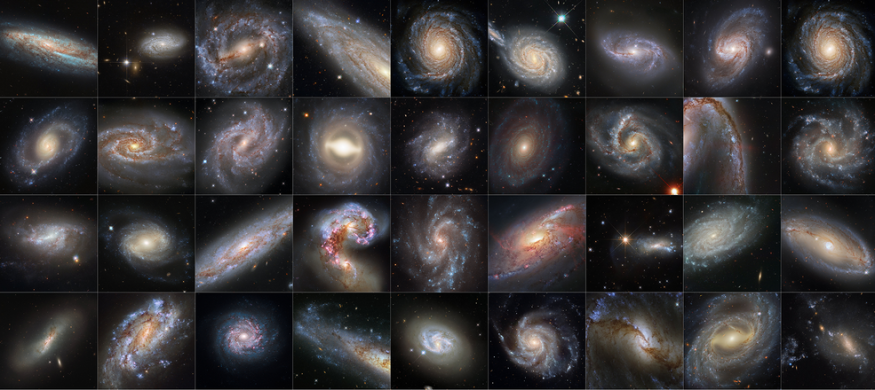NASA said the Hubble Space Telescope has hit a new milestone in determining how rapidly the universe expands. The results confirm the theory that something weird is occurring in our cosmos.
According to The Independent, astronomers have been using telescopes like Hubble in recent years to figure out how fast our universe is expanding.
However, as those measurements have grown more exact, they have shown something odd. When comparing data from soon after the Big Bang to the pace of growth of the universe as it is around us, there is a significant disparity.

NASA Hubble Space Telescope Data Finds 'Something Weird' Going With Our Universe
According to NASA, discovering one of the universe's secrets dates back to the 1920s, when astronomers Edwin P. Hubble and Georges Lemaitre calculated the expansion rate. When "dark energy" was found in 1998, the astronomers' contribution was realized.
In a statement, the space agency explained dark energy is a "mysterious dark force" that aided the expansion of the cosmos.
They uncovered the plot twist using Hubble's data and data from other telescopes: a difference between the expansion rate detected in the local universe and independent measurements taken after the big bang's expansion value.
The mismatch remains a mystery, but NASA believes that the Hubble data's huge array of cosmic objects that act as "distance markers" might discover a completely new physics.
ALSO READ : NASA James Webb Space Telescope Shares Sharpest Perspective of Invisible Light as it Nears Commissioning
As a result, a scientific partnership led by Nobel Laureate Adam Riess called SH0ES was formed to unravel the enigma of the universe's expansion pace (Supernova, H0, for the Equation of State of Dark Energy).
According to Riess, the new milestone might be Hubble's "magnum opus," with doubling the sample size taking "another 30 years of Hubble's life."
The researchers' report, "A Comprehensive Measurement of the Local Value of the Hubble Constant with 1 km s-1 Mpc-1 Uncertainty from the Hubble Space Telescope and the SH0ES Team," will appear in The Astrophysical Journal's Special Focus edition.
In particular, the study will contain the most complete and possibly final substantial update on the Hubble constant. It will include findings from a doubled sample size of cosmic distance markers and over 1,000 Hubble orbits evaluated!
Universe Expansion Rate
Astronomers predicted a lower value for the Hubble constant based on ESA and NASA's measurements of the universe (based on an observation of relic cosmic microwave background from 13.8 billion years ago), which is 67.5 plus or minus 0.5 kilometers per second per megaparsec, in contrast to SH0ES's estimate of 73.
Astronomers have no explanation for the gap between the pace of the local universe and the primordial universe because of the mismatch. However, NASA has suggested that the answer might be the new physics of the universe.
The gap excites cosmologists like Riess more than ever, and while he says he "doesn't care about the particular expansion figure," he still hopes to use it to learn more about the cosmos.
RELATED ARTICLE : NASA Hubble Space Telescope Finds Star Trying to Revive Companion in Supernova Aftermath
Check out more news and information on Space in Science Times.
© 2025 ScienceTimes.com All rights reserved. Do not reproduce without permission. The window to the world of Science Times.











